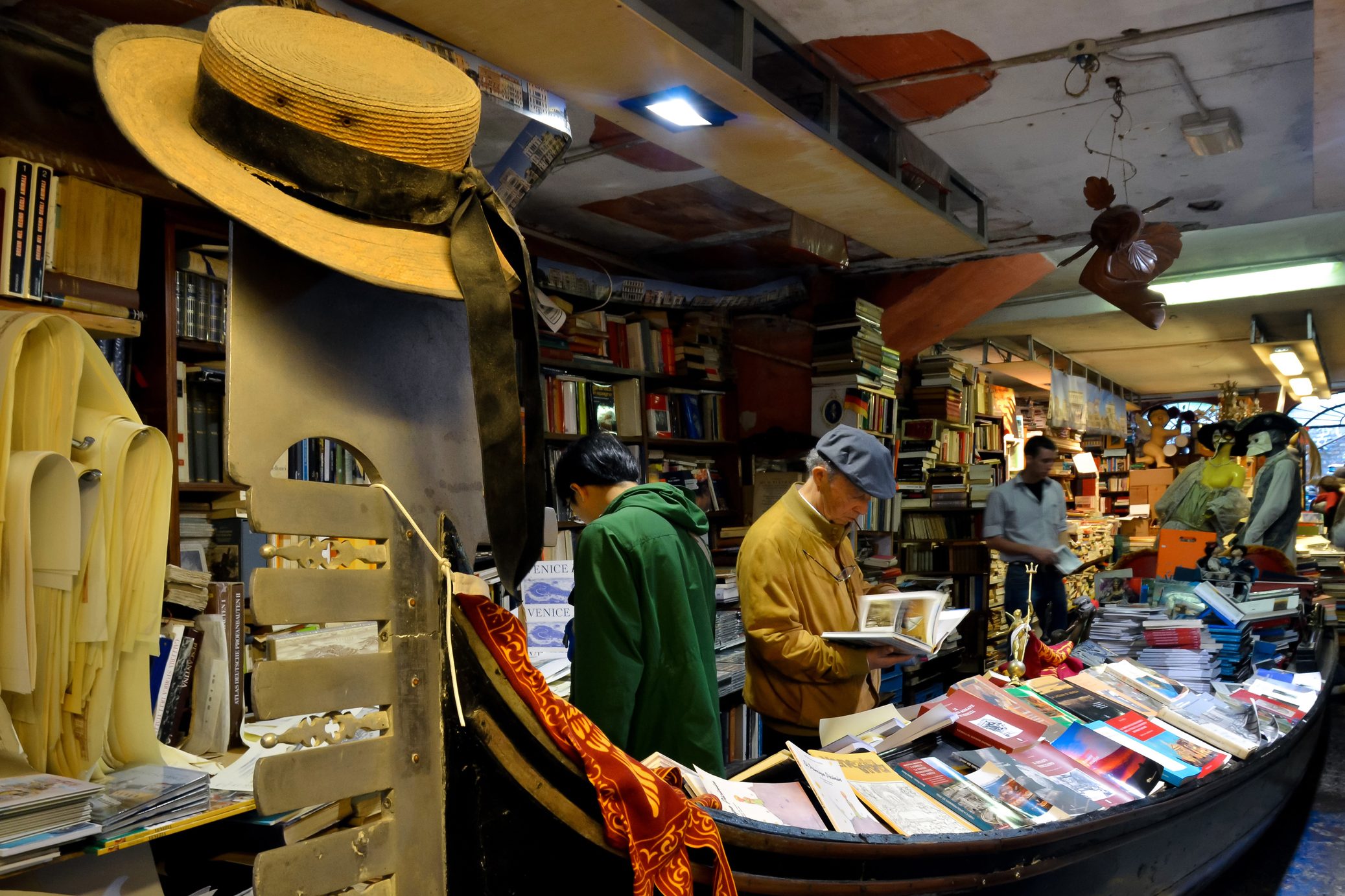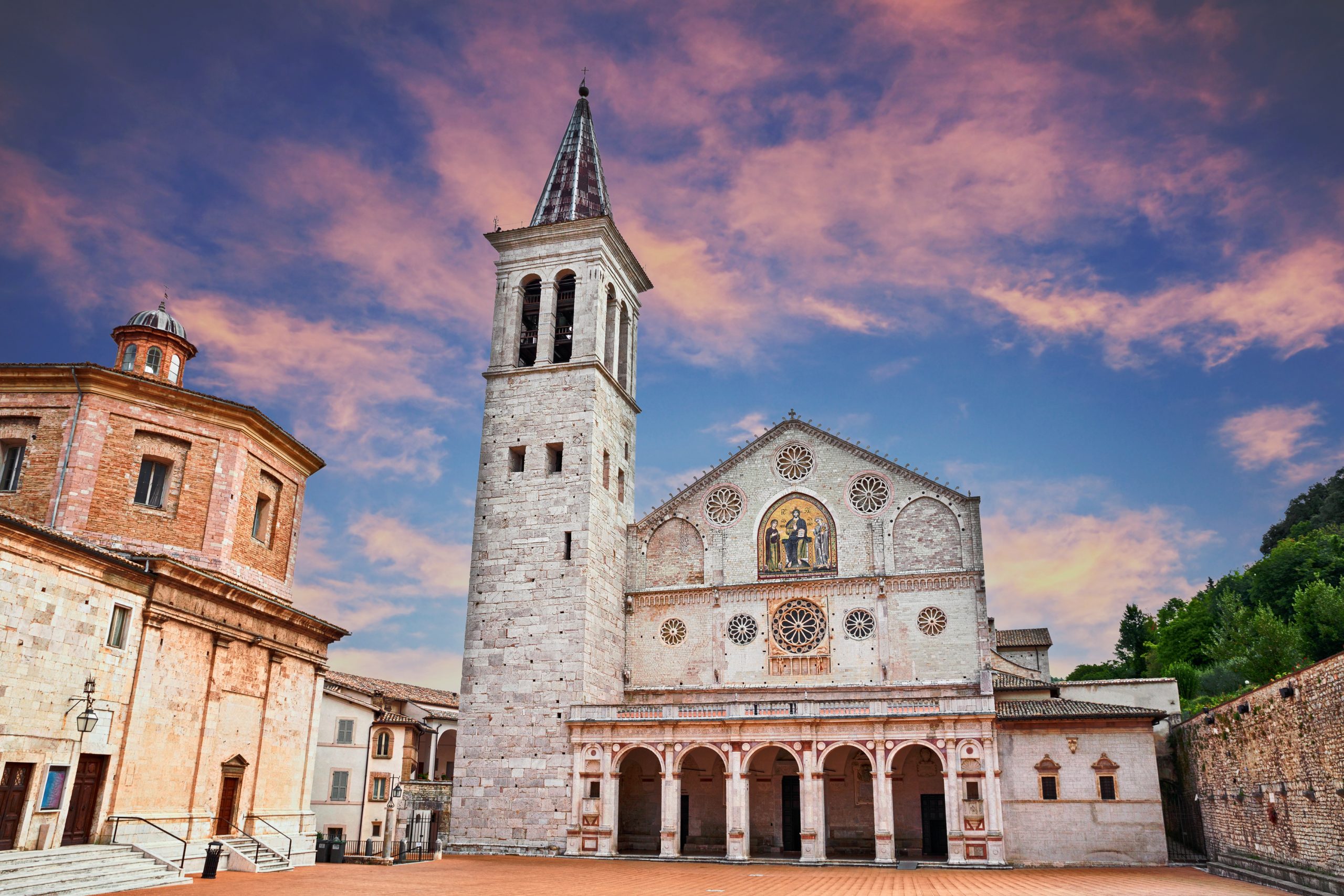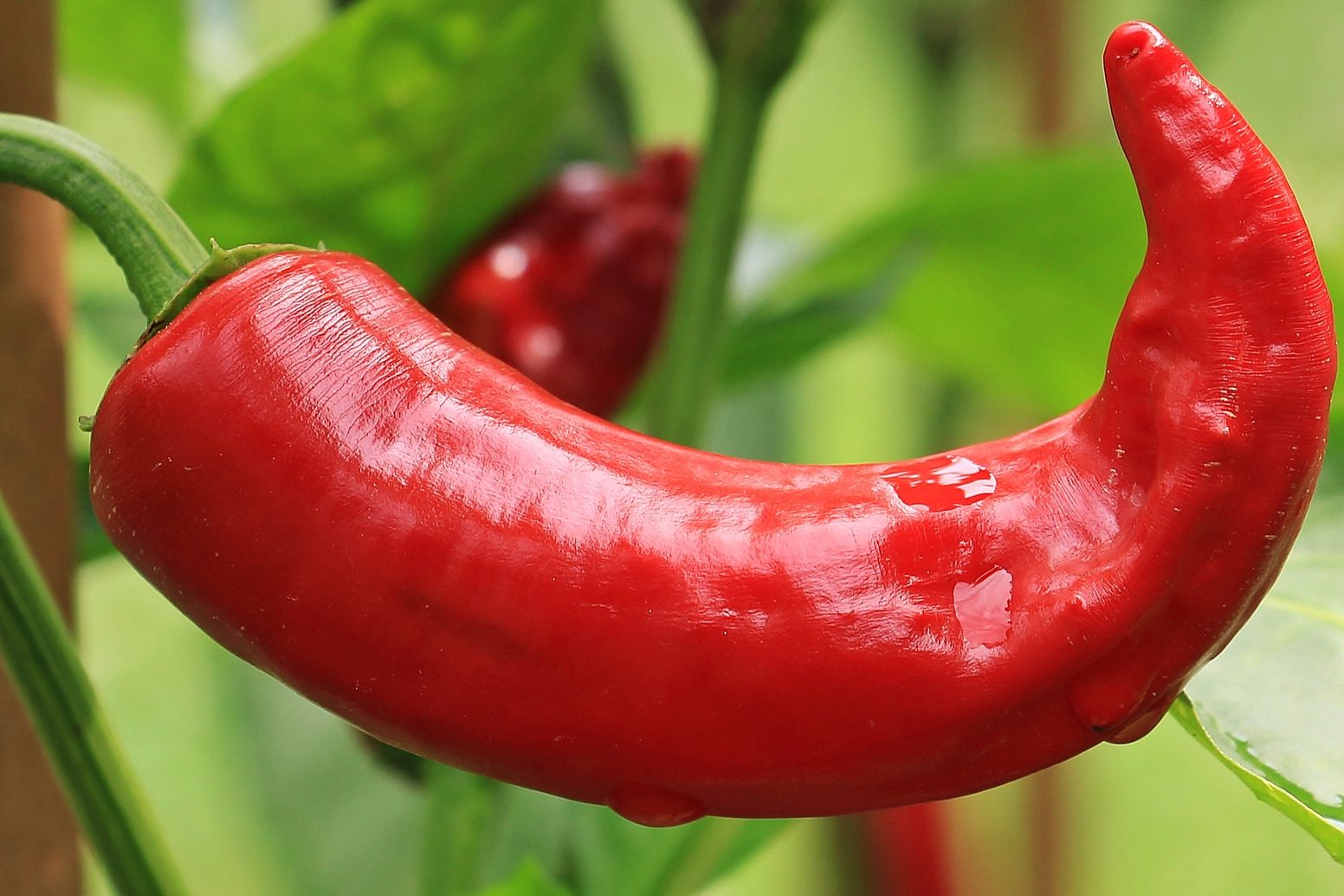Red roofs, a lovely oval shaped central square and the beautiful Tuscan countryside all around it: Lucca sits on the banks of river Serchio and charms visitors with its Renaissance-era city walls -still intact to these days- its understated elegance and its timeless beauty.
Roughly oval, flat and hardly a mile across, Lucca has no wide roads to cross, but a multitude of old churches, little piazzas, towers and family businesses.This is a town where you can get wonderfully lost, either by foot or by bicycle: pretty soon you’re bound to be back to somewhere you recognize. The alleys and columned yards offer countless photo opportunities, while small cafes tempt everyone to slow down, order a coffee at an outside table and just enjoy the views.
Lucca has a lot to offer to those who enjoy history and architecture. Founded by the Etruscans, it became a Roman colony in 180 BC: the rectangular grid of its historical centre preserves the Roman street plan, and the Piazza San Michele occupies the site of the ancient forum, while traces of the amphitheater can still be seen in the Piazza dell’Anfiteatro.
Unusual and worth noting is the fact that the walls around the old town remained intact as the city expanded and modernized throughout the centuries: as the walls lost their military importance, they became a pedestrian promenade which encircles the old town, with each of the four principal sides lined with a different tree species.
For an amazing view, climb the Torre dell’Orologio (the Clock Tower) and look all around you: from this standpoint, not only you can see the maze of tiny streets and rooftops, but also the gorgeous rolling Tuscan hills. After climbing down from the tower walk to beautiful Piazza Anfiteatro, the oval shaped piazza that stands on the site of the town’s Roman amphitheater, and reward yourself with a delicious gelato from Gelateria Anfiteatro, considered one of the best in town.
The church of San Frediano, founded by an Irish saint, is right around the corner from there and definitely a must-see: a beautiful example of Romanesque architecture, it features a vast 12th-century baptismal font with carved figures that give it a severe, almost Viking look. Also worth a visit are the nearby Duomo of San Martino, alongside its own museum, where fine works by Jacopo della Quercia can be admired; and the church of San Michele in Foro. The Pinacoteca Nazionale, the town’s art gallery and the Museo Guinigi are great places for art buffs or to spend a rainy afternoon.
Local cuisine, similar to that of nearby Pisa and Florence, features both solid meat and seafood dishes: try the rovelline lucchesi, thinly sliced beef pan fried and then stewed in tomato sauce with capers and herbs, the stockfish with garbanzo beans or stewed rabbit. Very typical of the area is the use of farro, the ancient grain from the nearby Garfagnana region similar to spelt: try it by ordering the minestra di farro, a delicious soup prepared with beans and ham.
A great place to savor a traditional and inexpensive meal is the Osteria da Rosolo (www.osteriadarosolo.com/), in the town center close to the Church of San Michele in Foro. For a more sophisticated experience book a table at the Antica Locanda dell’Angelo (www.anticalocandadellangelo.com/Restaurant.en.html), where they offer along side their a la carte specialties and amazing wine selections, two set menus, one that is definitely traditional and the other one that features a creative take of the local cuisine.
Should you decide to visit Lucca in the summer, don’t miss the acclaimed Lucca Summer Festival in July: this year it will feature internationally renowned artists such as Billy Idol, Elton John, Robbie Williams and Lenny Kravitz. To find out dates and buy tickets visit: www.anticalocandadellangelo.com/Restaurant.en.html
The closest airport is the Aeroporto G. Galilei in Pisa, only half-an-hour by car or by train. Trains and busses shuttle between Lucca and Pisa’s main station about every hour. Car parks are scattered around the main road which encircles the city walls. The train station is located just south of the wall and connect Lucca to Florence, Pisa and Viareggio. To reach Lucca by car use the Lucca-Viareggio A11 highway.






























